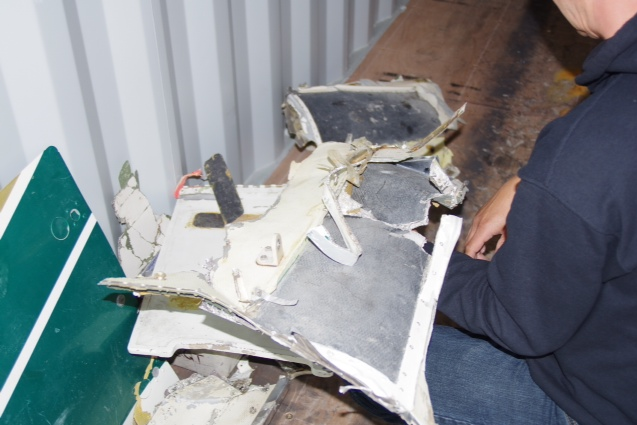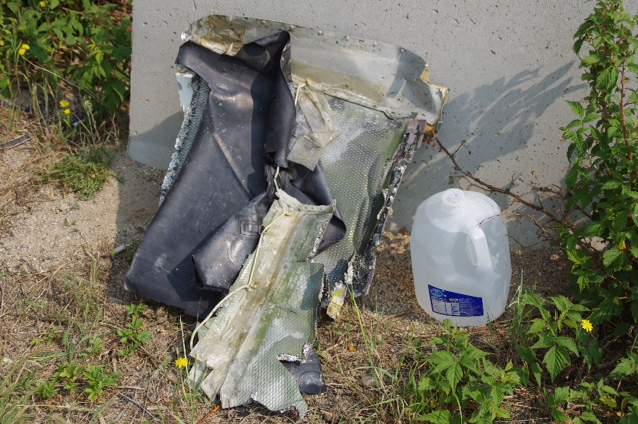Collision with water
Custom Helicopters Ltd.
Bell 206B (Helicopter), C-GQQT
Gull Lake, Manitoba
The occurrence
The Custom Helicopters Ltd. Bell 206B (registration C-GQQT, serial number 1657) departed Gillam, Manitoba, at 1600 Central Daylight Time for a flight to Gull Lake, Manitoba, about 22 nautical miles (nm) to the west. The purpose of the flight was to pick up a team of 3 passengers who had been transported to Gull Lake earlier in the day. There was no further contact with the pilot, and the helicopter was declared missing at 2030. The following morning, debris from the helicopter was found on the Gull Lake shoreline, about ½ nm from the pickup point. The pilot's body was recovered from the water 6 days later. Despite several sonar searches, the main wreckage was not found.
Media materials
News release
Loss of situational awareness and control likely caused fatal 2013 Manitoba helicopter accident
Read the news release
Investigation information
Download high-resolution photos from the TSB Flickr page.
Class of investigation
This is a class 3 investigation. These investigations analyze a small number of safety issues, and may result in recommendations. Class 3 investigations are generally completed within 450 days. For more information, see the Policy on Occurrence Classification.
TSB investigation process
There are 3 phases to a TSB investigation
- Field phase: a team of investigators examines the occurrence site and wreckage, interviews witnesses and collects pertinent information.
- Examination and analysis phase: the TSB reviews pertinent records, tests components of the wreckage in the lab, determines the sequence of events and identifies safety deficiencies. When safety deficiencies are suspected or confirmed, the TSB advises the appropriate authority without waiting until publication of the final report.
- Report phase: a confidential draft report is approved by the Board and sent to persons and corporations who are directly concerned by the report. They then have the opportunity to dispute or correct information they believe to be incorrect. The Board considers all representations before approving the final report, which is subsequently released to the public.
For more information, see our Investigation process page.
The TSB is an independent agency that investigates air, marine, pipeline, and rail transportation occurrences. Its sole aim is the advancement of transportation safety. It is not the function of the Board to assign fault or determine civil or criminal liability.

